Lead generation is the heart and soul of your business, so finding new ways to connect with potential customers is essential for growth.
As opposed to inbound lead generation, outbound lead generation presents the opportunity to engage with consumers who may not have considered your products or services, opening doors for more effective outreach and greater ROI.
Check out how you can use this lucrative marketing strategy to scale your business and discover the top 10 proven outbound lead generation tactics to drive sales in 2025.
Before we dive into how to generate these leads, let’s first clarify what outbound leads actually are and why they’re so important for your sales process.
What are outbound leads?
In sales, a ton of emphasis is put on creating an ideal customer profile or ICP to gain a deeper understanding of your target consumer. However, while that method works well, it limits your outreach since it only considers customers who fit predefined parameters.
Outbound leads, on the other hand, are prospects who are completely cold and haven’t sought contact with your business. You initiate contact with them and begin building interest and, eventually, a sales pipeline.
Now that we know what outbound leads are, let’s take a closer look at the process of outbound lead generation itself—how it works and why it’s a game changer for your business.
What is outbound lead generation?
While outbound leads are potential customers who haven’t yet heard about or engaged with your business, outbound lead generation is the process of finding and opening communication with these prospects. This process differs from traditional inbound lead generation because you’re essentially going in completely blind. Your sales team doesn’t know anything about these prospects, nor have they spent time profiling and nurturing them.
A few outbound lead generation examples include:
- Social selling → Using your business’s social media to connect with potential customers and develop relationships.
- Cold emailing → Sending emails to prospects that your team hasn’t previously connected with using highly effective personalization and targeted messaging.
- Cold outreach through LinkedIn → Utilizing LinkedIn to deliver personalized messages and connect you with potential customers.
- Direct mail → While it’s a more traditional approach, physical mail can still be a vital tool for reaching prospects when combined with additional outbound lead generation marketing strategies.
- Content syndication → Using your connections to publish your original content on multiple websites lets you reach a larger audience while building your brand authority and increasing website traffic.
- PPC advertising → Using pay-per-click advertising on platforms like Facebook or Google Ads allows you to connect with potential prospects utilizing more personalized campaigns designed around their search behavior and interests.
- Referral marketing → Referrals are an excellent way to encourage your existing customers to actively engage in your sales funnel. By encouraging them to refer potential customers from their contacts, you leverage one of your most powerful tools: word-of-mouth marketing.
Outbound lead generation is an excellent tool for reaching prospective customers and growing your brand recognition. Opening the doors to consumers who may not have heard of your business is one of the best ways to convert them into loyal customers.
While outbound lead generation is key in any industry, B2B sales come with their own set of challenges. Let’s break down how B2B outbound lead generation stands out and why it requires a slightly different approach.
What about B2B outbound lead generation?
Outbound B2B lead generation is just as effective as B2C lead generation. It follows the same sort of strategy, just generally on a larger level. B2B outbound lead generation can pay dividends as it not only increases your brand awareness but it puts your team in greater control over the entire sales process and allows for highly targeted messaging.
Here’s a simple and practical comparison table between B2C and B2B outbound lead generation:
| Aspect | B2C outbound lead generation | B2B outbound lead generation |
| Target audience | Individual consumers looking for products or services. | Businesses looking for products, services, or solutions to improve operations. |
| Lead size | High volume – reaching lots of potential customers. | Smaller, more targeted leads – fewer, but highly qualified prospects. |
| Sales cycle | Shorter – often impulsive or needs-based (think consumer purchases). | Longer – often involves multiple decision-makers and more in-depth discussions. |
| Personalization | Moderate – generally tailored messages but on a larger scale. | High – needs tailored outreach for different stakeholders in the business. |
| Channel preference | Email, cold calling, social media, SMS, and sometimes direct mail. | Email, phone calls, LinkedIn, and account-based marketing (ABM). |
| Messaging style | Casual, quick, emotional appeal. | Formal, professional, focused on ROI and business value. |
| Tools & Automation | Heavy use of automated tools (email campaigns, social media bots). | More CRM-based, advanced ABM tools, manual follow-ups often involved. |
| Decision-making process | Quick, usually a single person making the decision. | Collaborative, with multiple stakeholders and decision-makers involved. |
| Lead nurturing | Limited nurturing – leads are often moved through the funnel quickly. | Long-term nurturing – consistent touchpoints and relationship-building. |
| Success metrics | Conversion rate, lead volume, cost per lead (CPL). | Lead quality, conversion to sales, account value, ROI. |
| Challenges | Reaching the right people, standing out in a crowded market. | Identifying the right decision-makers, maintaining personalization at scale. |
To help you get the most out of your outbound efforts, we’ll walk through the practical steps involved in executing a solid lead gen strategy that drives results.
How do the outbound lead generation strategies work?
As you know, traditional lead generation entails a ton of research into your target customer before you ever begin the outreach process. Outbound lead generation involves a more generalized process, using multichannel outreach to connect and move prospects down the sales funnel.
This process includes (with some practical outbound lead generation examples):


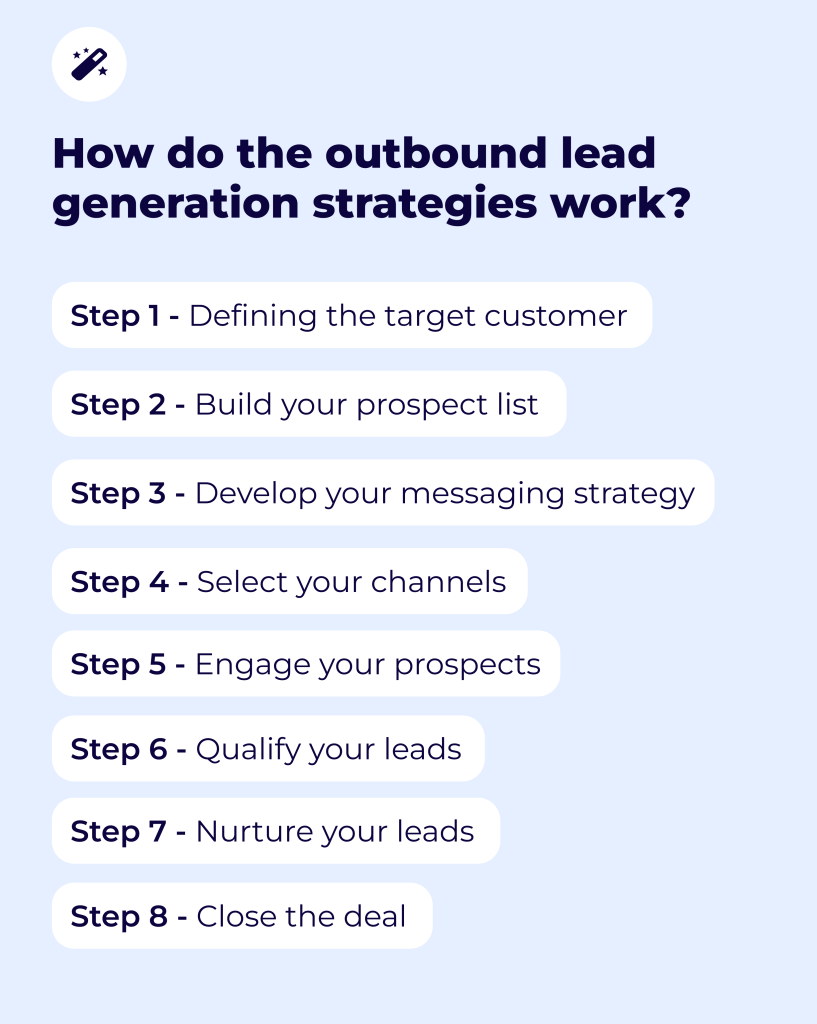
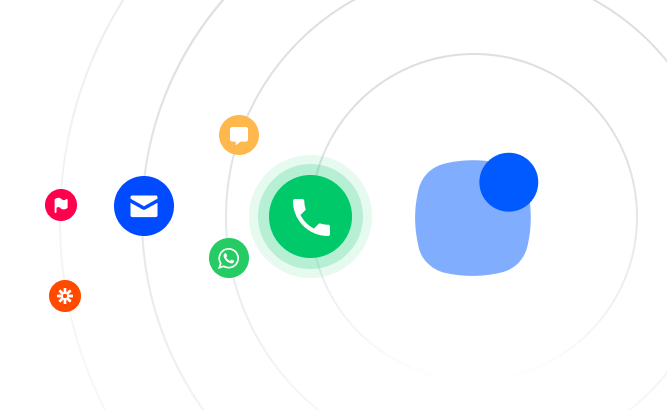
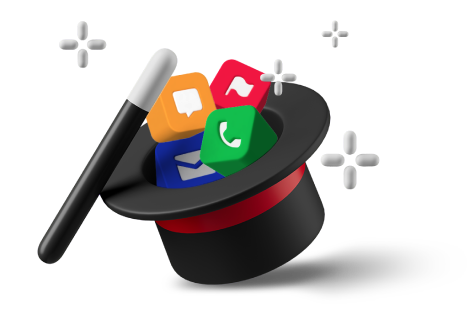
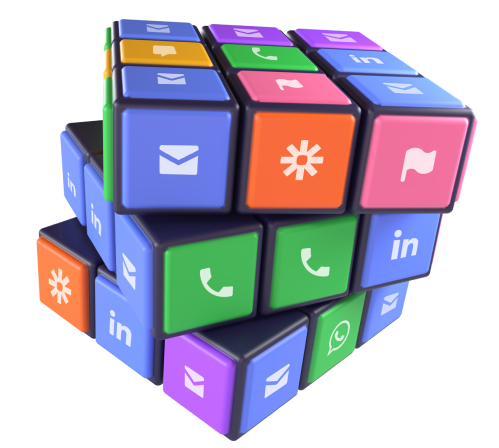
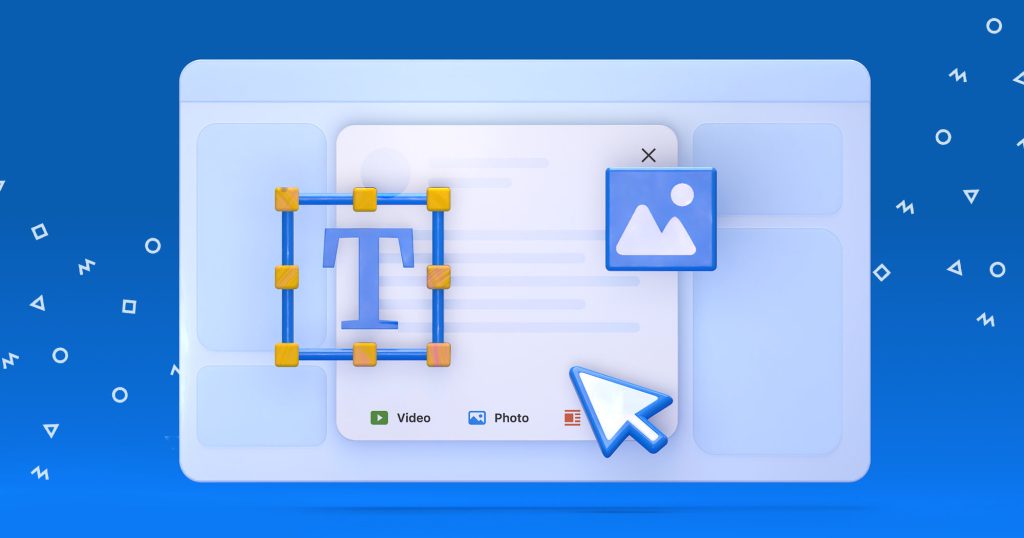

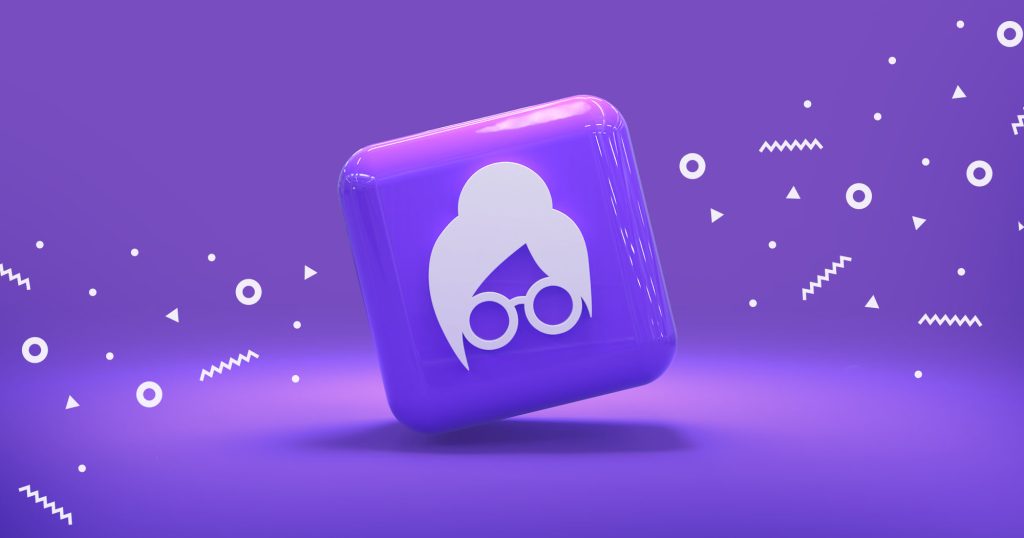

![New in 2025: Reply.io Teams Up with Persana AI [+Live Webinar] New in 2025: Reply.io Teams Up with Persana AI [+Live Webinar]](https://reply.io/wp-content/uploads/persana.io_-1024x538.jpg)